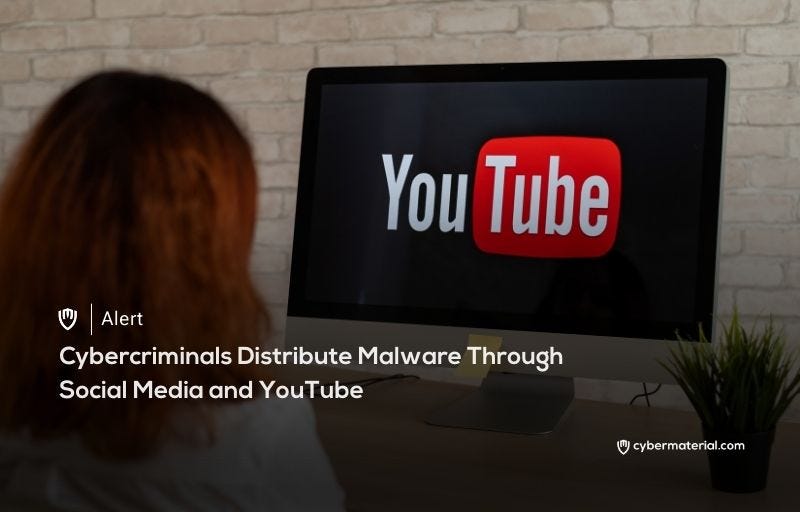
Cybercriminals are increasingly using social media platforms like YouTube to distribute malware by exploiting popular tools and social engineering tactics. They often distribute fake software installers through links shared in video descriptions or comments. These deceptive links lead to malicious files hosted on legitimate file-sharing platforms such as Mediafire and Mega.nz, making detection more challenging. Once downloaded and executed, these malicious files can steal sensitive information, such as web browser credentials, by exploiting the browser’s credential storage mechanisms. The malware is often disguised as cracked software or helpful guides to trick users into downloading and running the installer.
The attackers employ a variety of tactics to evade detection and analysis by security systems. For example, they use large installer files (up to 900MB) and encrypted ZIP files with passwords to prevent malware content scanning. They also utilize shortened URLs to obscure the true source of the download, making it harder for security systems to track and block the malicious files. These techniques hinder sandbox analysis, a key method used by security experts to detect and mitigate threats. Once the user executes the malicious installer, the malware injects code into legitimate system processes to avoid detection and establishes persistence by creating registry entries and scheduled tasks.
The malware used in these attacks is part of a diverse set of info stealers, including families like LUMMASTEALER.
The malware used in these attacks is part of a diverse set of info stealers, including families like LUMMASTEALER, PRIVATELOADER, MARSSTEALER, and VIDAR. Each of these malware variants is designed to evade traditional detection methods, using techniques such as process injection, DLL sideloading, and file obfuscation. After infecting a system, the malware communicates with its command-and-control servers to steal sensitive information, download additional malicious software, and maintain access to the victim’s system. These complex and evolving evasion tactics allow the malware to stay hidden for extended periods, making it harder for organizations to identify and eliminate the threat.
To combat these sophisticated threats, organizations need to implement a multi-layered security approach that combines user education, proactive threat hunting, and advanced detection capabilities. Users must be trained to recognize phishing attempts and avoid downloading files from untrusted sources, especially on social media and file-sharing platforms. Organizations should also work with managed security service providers (MSSPs) to gain expert threat intelligence and continuously monitor for emerging threats. By adopting these strategies, businesses can improve their security posture and reduce the risk of falling victim to these increasingly common and complex cyberattacks.
Reference:
The post Malware Spread Through Social Media first appeared on CyberMaterial.


